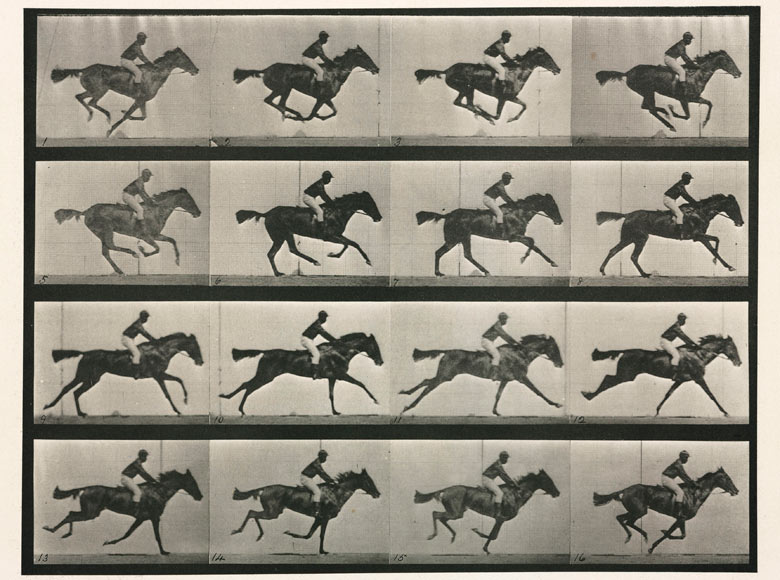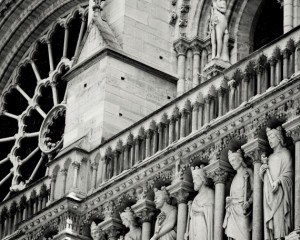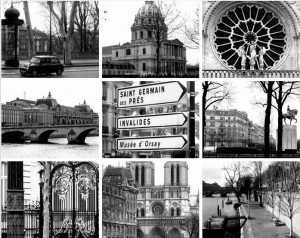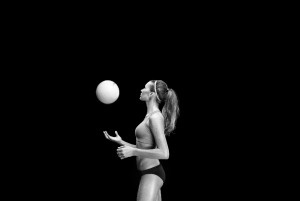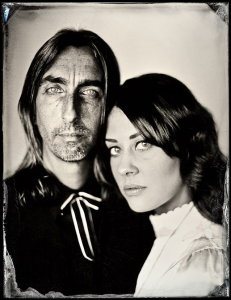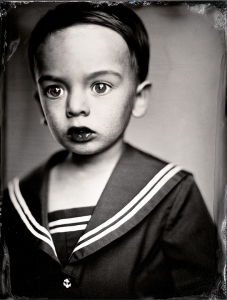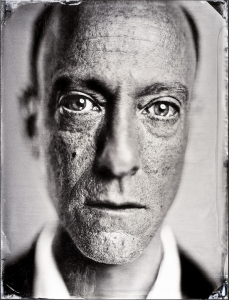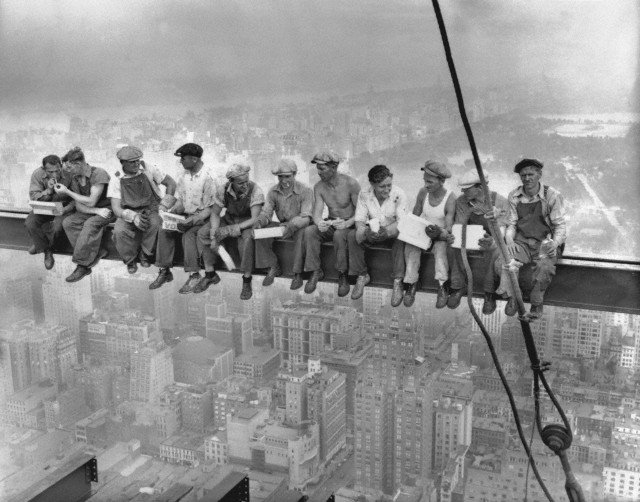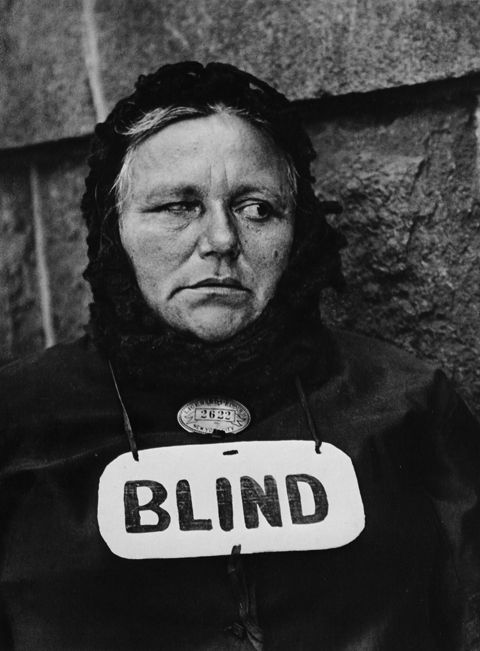Bernd & Hilla Becher
Bernd and Hilla Becher were a German photographer team and a married couple, best- known for their collection of industrial building images examining the similarities and differences in structure and appearance.
Bernd (1931 – 2007) and Hilla (b. 1934) Becher first met at the Düsseldorf Academy. Both were studying painting at the time and in 1961, the two were married. They first collaborated on photographing and documenting the disappearing German industrial architecture in 1959, and had their first Gallery exhibition in 1963 at the Galerie Ruth Nohl in Siegen. They were fascinated by the similar shapes in which certain buildings were designed. In addition, they were intrigued by the fact that so many of these industrial buildings seemed to have been built with a great deal of attention toward design. Together, the Bechers went out with a large format camera and photographed these buildings from a number of different angles, but always with a straightforward “objective” point of view. The images of structures with similar functions were then displayed side by side to invite viewers to compare their forms and designs. These structures included barns, water towers, storage silos, and warehouses.
The Bechers also photographed outside of Germany, including buildings from the United States and other areas of Europe. Bernd taught at the Düsseldorf Art Academy and influenced students that later made a name for themselves in the photography industry. Former students of Bernd’s included Andreas Gursky, Thomas Ruff, and Candida Höfer.


